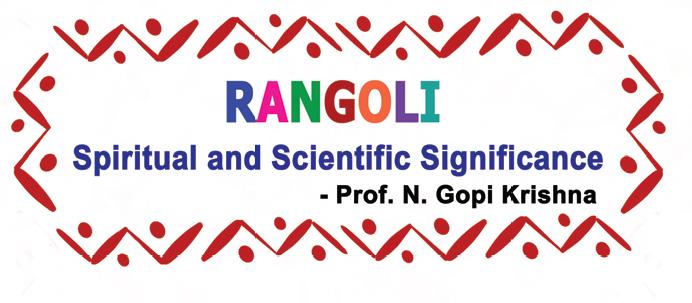Rangoli Rangoli/kolam known as Rangavalli in Sanskrit, is an enchanting form of visual communication through symmetrical designs since ancient times. Rangoli is an ancient art that combines dots with curved lines to form a design in harmony. Symbolic expressions are in existence in every culture and take precedence at many ceremonies. In Hindu culture, Rangoli Read More
Ads Blocker Detected!!!
We have detected that you are using extensions to block ads. Please support us by disabling these ads blocker.

